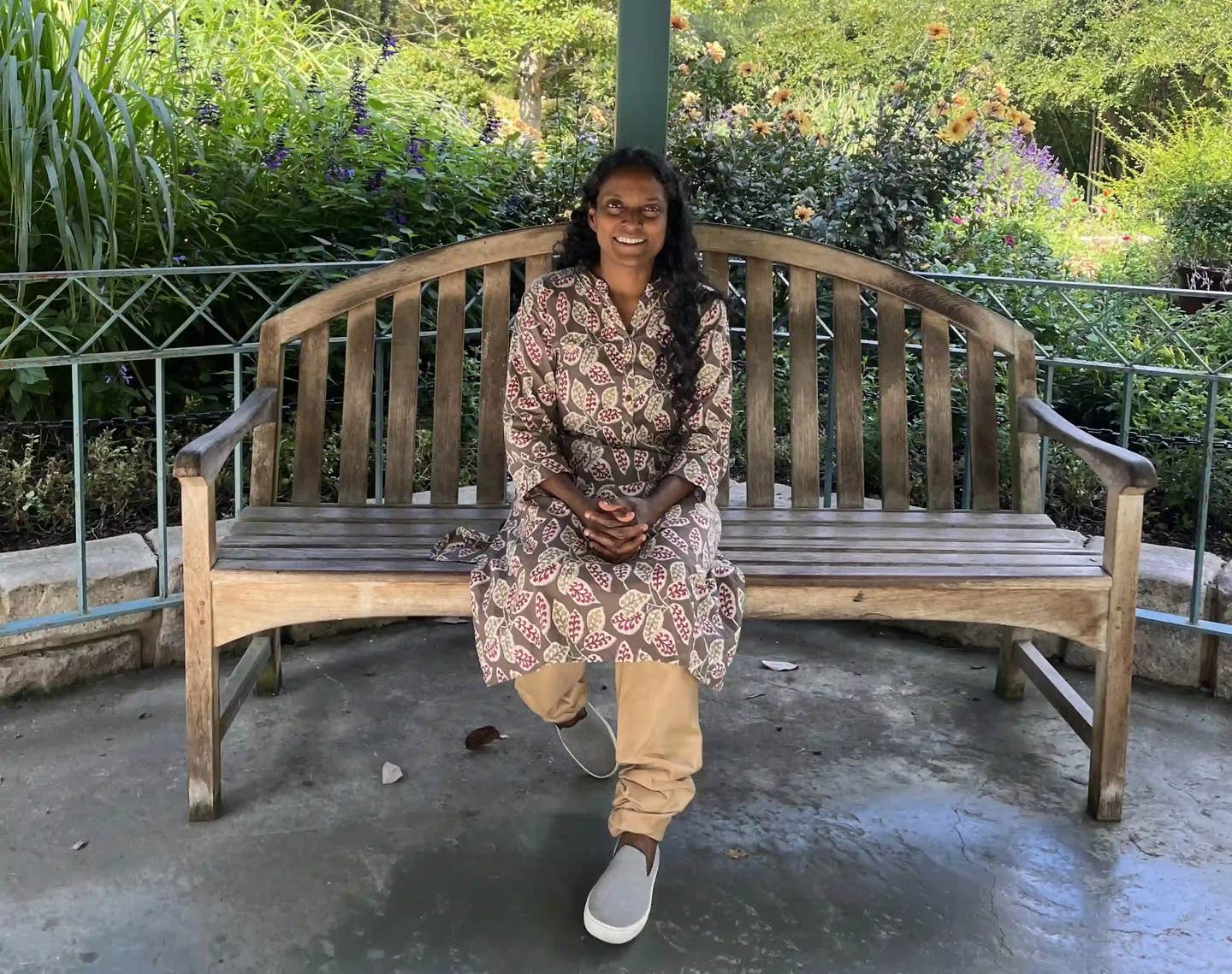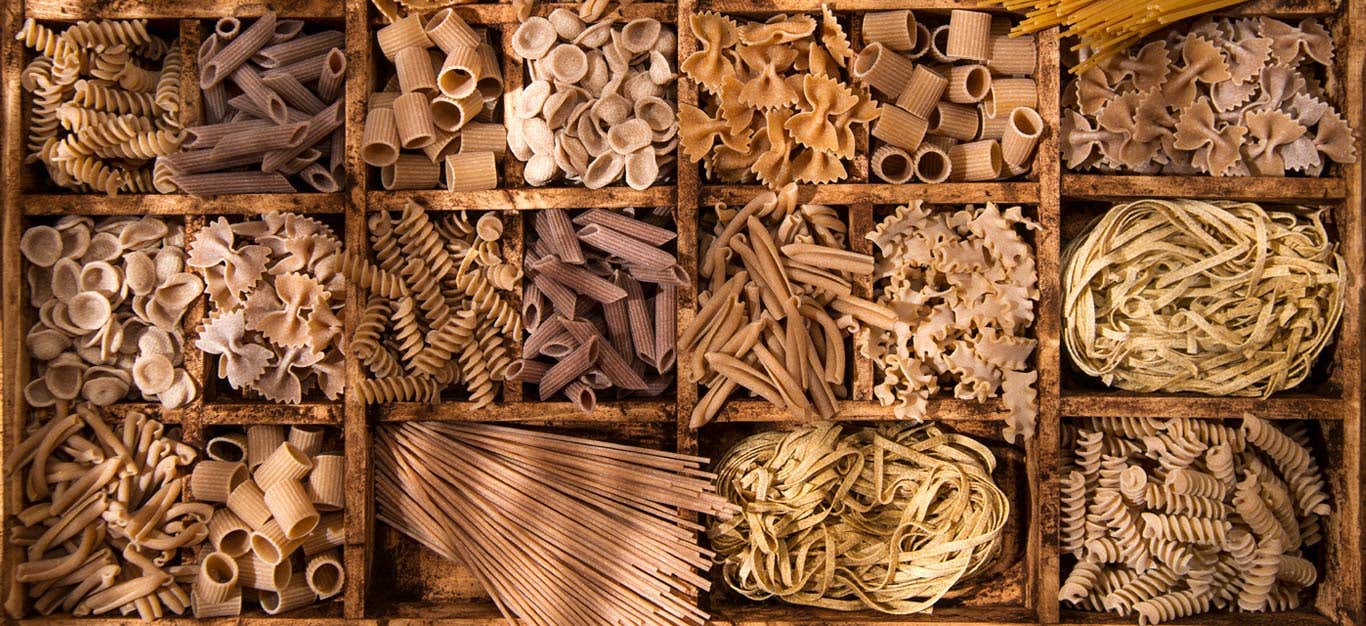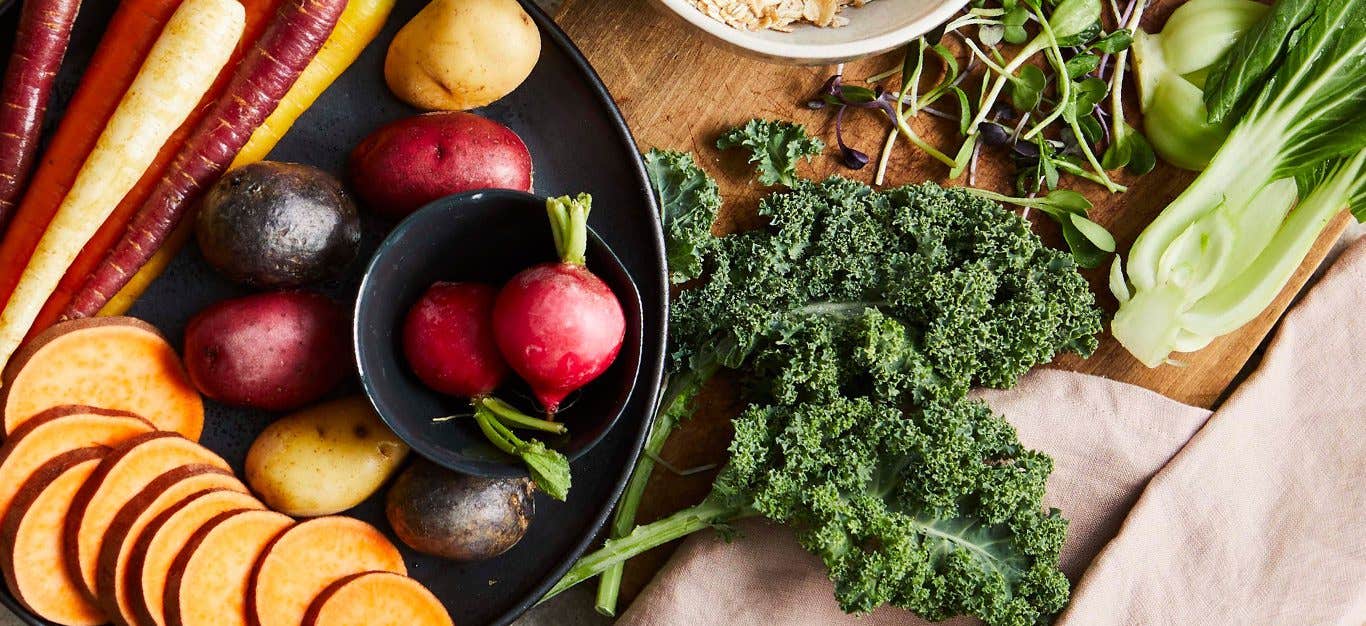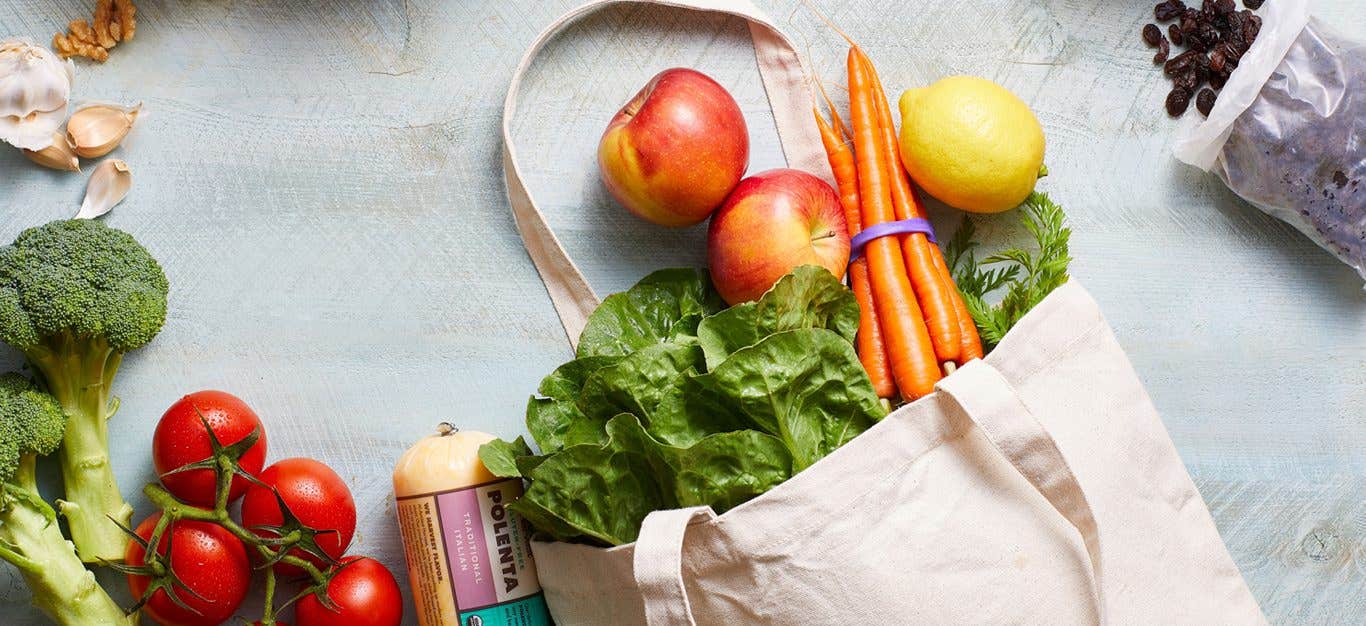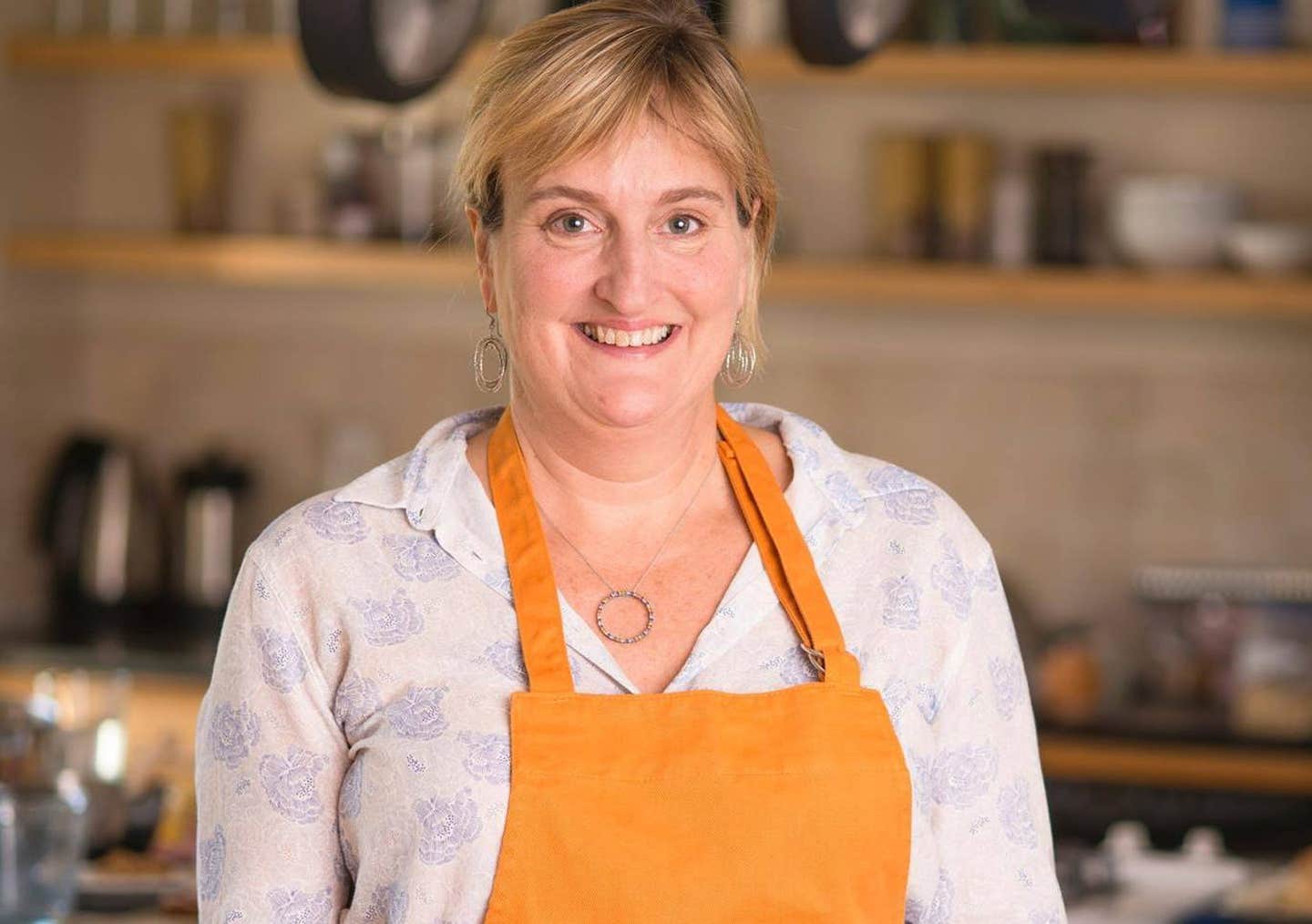Baked potatoes are one-ingredient wonders that require no recipe, no work, and no doctoring up to be absolutely delicious. Here are all the selection, prep, and baking tips that make cooking them even easier—and absolutely foolproof.
Baked Potato Science
Three things make a baked potato different from a boiled, steamed, or roasted spud: skin, starch, and steam. As a potato bakes, its skin traps in moisture, which is absorbed by the vegetable’s starch granules. Then, as the potato heats up, that moisture turns to steam and expands, causing the starch grains to rupture and separating them into the light, fluffy flesh we associate with a perfectly baked potato. (The expanding steam is also the reason why you should always prick whole potatoes; otherwise, they can burst open while cooking.)
To scientifically test for perfect baked potato doneness, use an instant-read thermometer to check the internal temperature has reached 208°F to 211°F. At that temperature, the white starch granules will have absorbed all the moisture they can, then burst and become soft.
Tips for a Perfect Baked Potato Every Time
These hints take out all the guesswork and guarantee fluffy, light, flavorful results.
1. Pick the Right Potato
The higher the starch content, the fluffier the potato, so large, high-starch russet (Idaho) or Yukon gold potatoes are your best bet. Waxy potatoes such as red-skinned and fingerlings are lower in starch and work best in recipes where you want the flesh to remain firm and moist.
Choose medium to large potatoes with unblemished skins and no signs of cuts, sprouts, or eyes. When baking several potatoes at a time, select spuds that are similar in size so they will cook in the same time.
2. Don’t Skip on Prep
Give the whole potatoes a good scrub under running water, then dry them with a dish towel. Pierce the potatoes all over with a fork. The drying step eliminates excess moisture and the pricked holes let steam escape so the spuds won’t burst open as they bake.
3. Use an Oven That’s Hot (But Not Too Hot)
Potato baking temperatures range from 350˚ to 450˚F. The sweet spot seems to be at 400˚F, a temperature that cooks the potato all the way through and crisps the skin without singeing it. That said, you don’t need to strictly adhere to a certain temperature every time you bake a potato. If you’re baking a casserole for an hour at 375˚F, you can just put a few potatoes in the oven alongside. They may take a little longer to cook, but will still be delicious.
4. Check for Doneness
Baking potatoes come in many different shapes and sizes, so it’s always best to make sure a baked potato is cooked all the way through before serving. Simply slide the tip of a knife or skewer into the thickest part of the potato. If it pierces the center easily and meets no resistance, your baked beauties are ready to serve. You can also use an instant-read thermometer; inserted into the center of the potato, the temperature should read 208-211˚F.
Should You Wrap Baked Potatoes in Foil?
Wrapping potatoes in foil is necessary when grilling them because the direct heat can char their skins. Otherwise, it’s optional and a matter of choice. Foil will prevent potatoes from drying out while they are kept warm – one of the reasons restaurants serve their baked potatoes in foil. But it will also leave the skin soft and moist, not crispy.
Is a Skewer Necessary?
Threading a metal skewer through the potato isn’t essential, but it helps transfer heat to the center so it will cook more quickly.
Cooking Methods
Twenty-first-century kitchens offer so many options for baking potatoes, from the conventional oven method to small appliance options like multicookers, slow cookers, and air fryers.
Oven
The classic baked-potato method delivers fluffy potato texture and crispy skin.
Instructions: Place scrubbed, pricked potatoes directly on the rack of a preheated 400˚F oven or toaster oven. Bake for about 60 minutes, or until easily pierced with a knife tip, fork, or skewer.
Microwave
The uber-convenient method can yield a creamy cooked potato for one in just 10 minutes. Instructions: Microwave 1 scrubbed, pricked potato 7 minutes on high power. Carefully turn the potato over, and microwave 2 to 3 minutes more, or until easily pierced with a knife tip, fork, or skewer. Tip: For fluffier flesh and crispier skin, you can also take the potato out of the microwave after 7 minutes and finish it in a 400˚F oven for 15 minutes.
Instant Pot/Multicooker
Technically, multicookers steam, rather than bake, potatoes, but they’re useful when you’d like to quickly cook a family-size batch of spuds, and they can keep cooked potatoes warm without drying them out. Use this method when you’d like to cook a family-size batch of potatoes in a less time than traditional baking.
Instructions: Pour 1½ cups water into the bottom of a multicooker and set a steaming rack over top. Arrange 4 to 5 scrubbed, pricked potatoes in a single layer on the rack, seal, and cook on high power for 15 minutes (18 minutes if potatoes are extra-large). Let steam release naturally.
Slow Cooker
Slow cookers offer set-it-and-forget-it ease and a way to free up the oven for other recipes. The low, slow heat is also an excellent way to intensify the taste of the natural sugars in sweet potatoes.
Instructions: Place 4 to 5 scrubbed, pierced potatoes in a single layer in a slow cooker, and cook on high power 8 hours or until easily pierced with a knife tip, fork, or skewer.
Air Fryer
For crispy skin and to ensure even cooking of smaller potatoes, try baking your potato in an air fryer.
Instructions: Cook scrubbed, pierced whole potatoes 40 to 50 minutes at 400˚F, or until easily pierced with a knife tip, fork, or skewer.
Outdoor Grill
Make room for a few potatoes on the grill and you’ll have a piping hot side dish ready by the time everyone sits down to eat. Grilling gives potatoes a delicious smoky flavor and a creamy-fluffy texture, thanks to the foil wrapping, which holds in moisture.
Instructions: Wrap scrubbed, pierced potatoes in foil, and grill 1 hour, or until easily pierced with a knife tip, fork, or skewer. For crispy skin, unwrap the potatoes and grill 5 minutes before serving.
How to Bake Sweet Potatoes
All the techniques, temperatures, and times listed above can be used to bake sweet potatoes. Sweet potatoes are higher in moisture and lower in starch than white potatoes, so their texture will be slightly different. They will remain creamy and soft when baked rather than turn dry and fluffy. Be sure to test them for doneness the same way you’d test white potatoes.
Our Favorite Baked Potato Recipes
You can pair a baked potato with just about any filling and turn it into a meal. Here are some delicious ideas from Forks Over Knives: 40+ Spectacular Spud Recipes to Supercharge Your Day!
Related News
Get Our Best Price On The Forks Meal Planner

Forks Meal Planner takes the guess work out of making nutritious meals the whole family will enjoy.
Master Plant-Based Cooking!
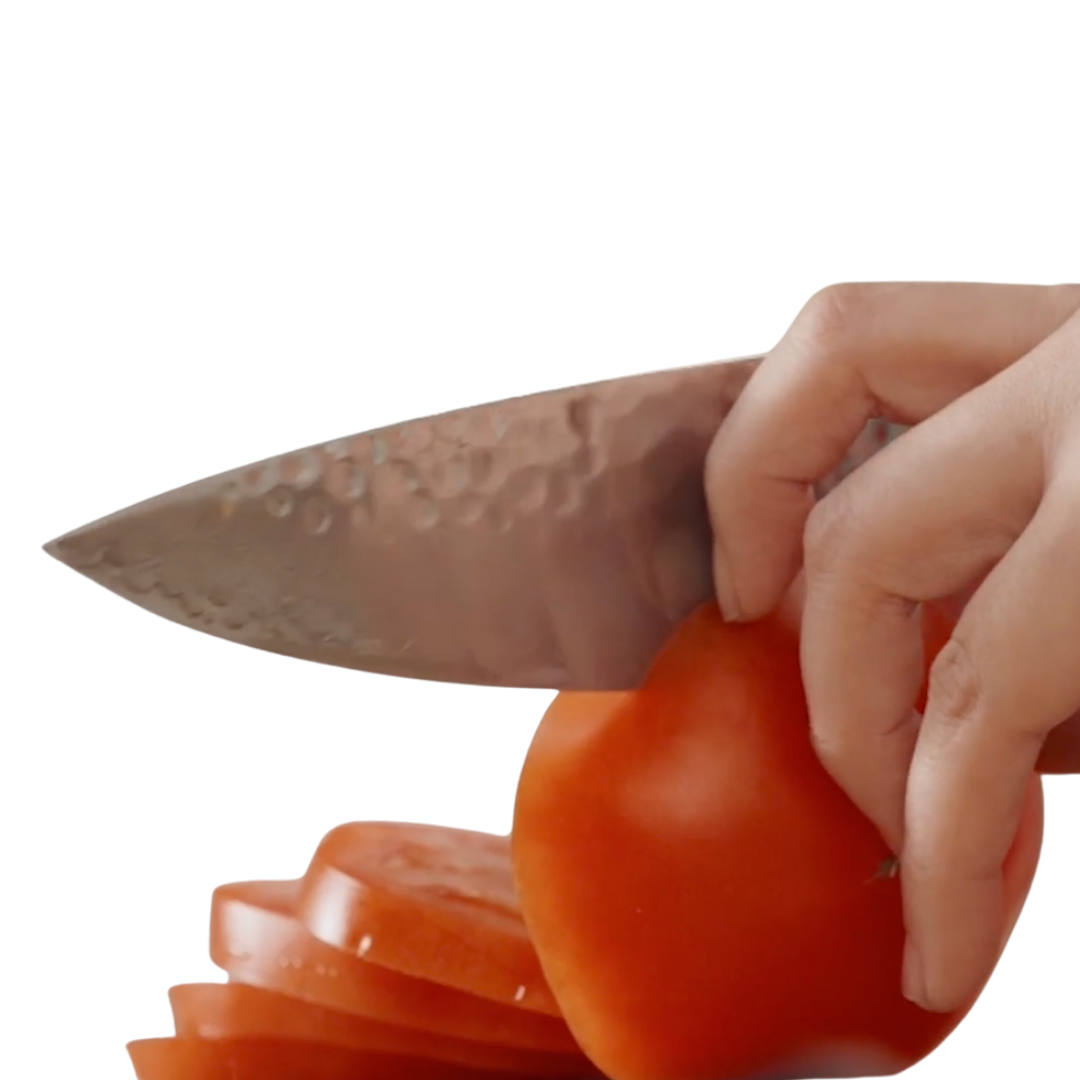
Our new course features over 100 lessons, 50+ recipes, downloadable guides, and more!
New Frozen Meals!
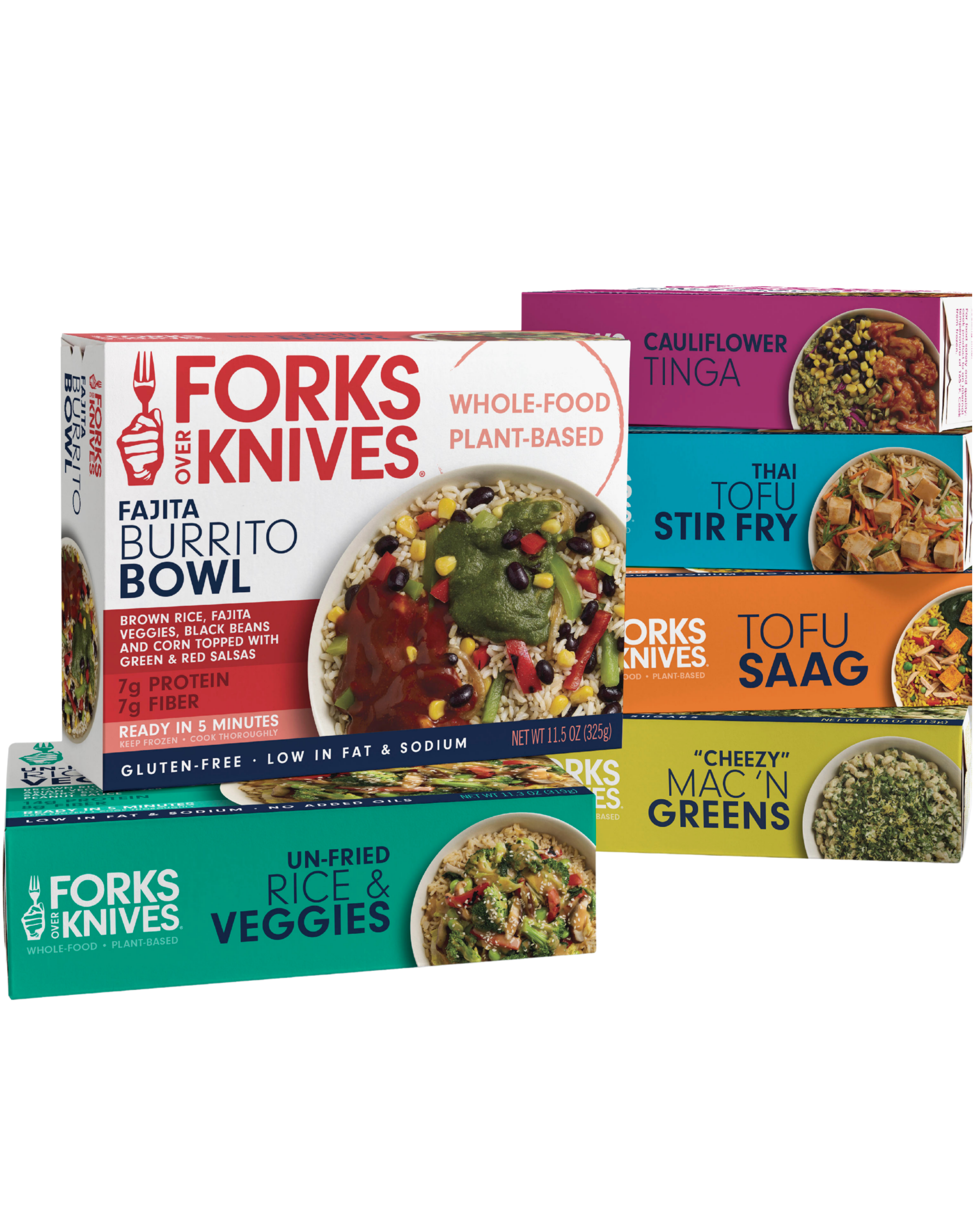
Introducing our new frozen meals: Doctor-recommended, chef-crafted, & ready in minutes.
